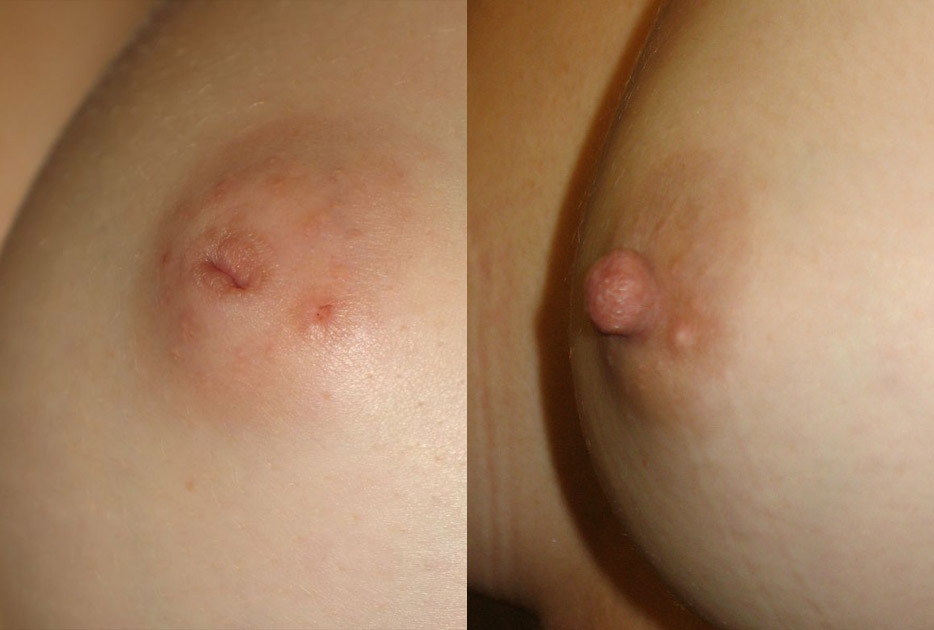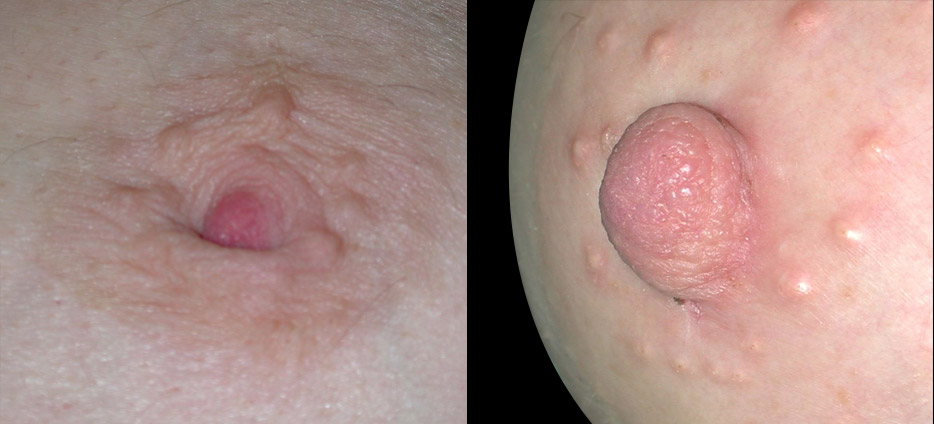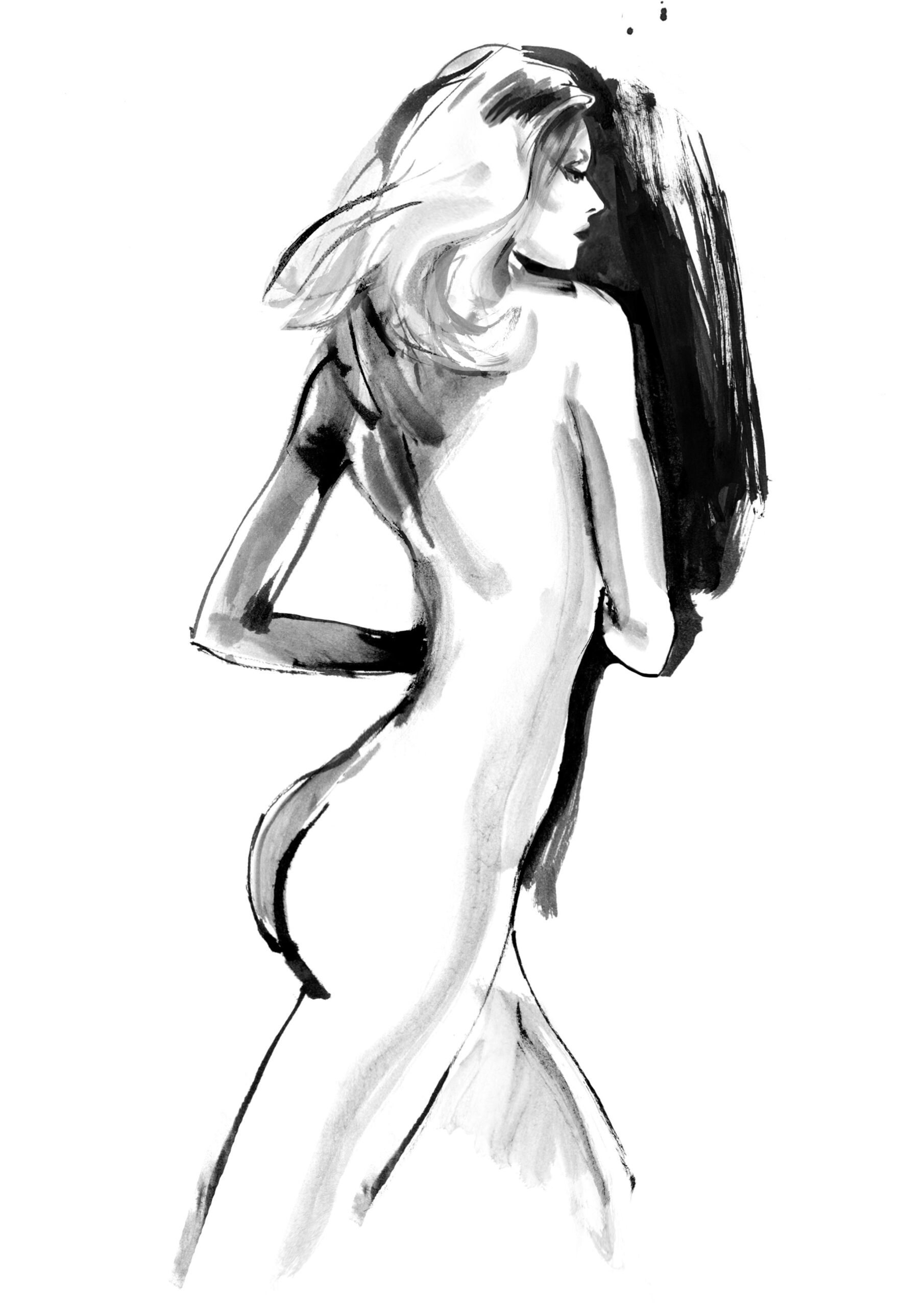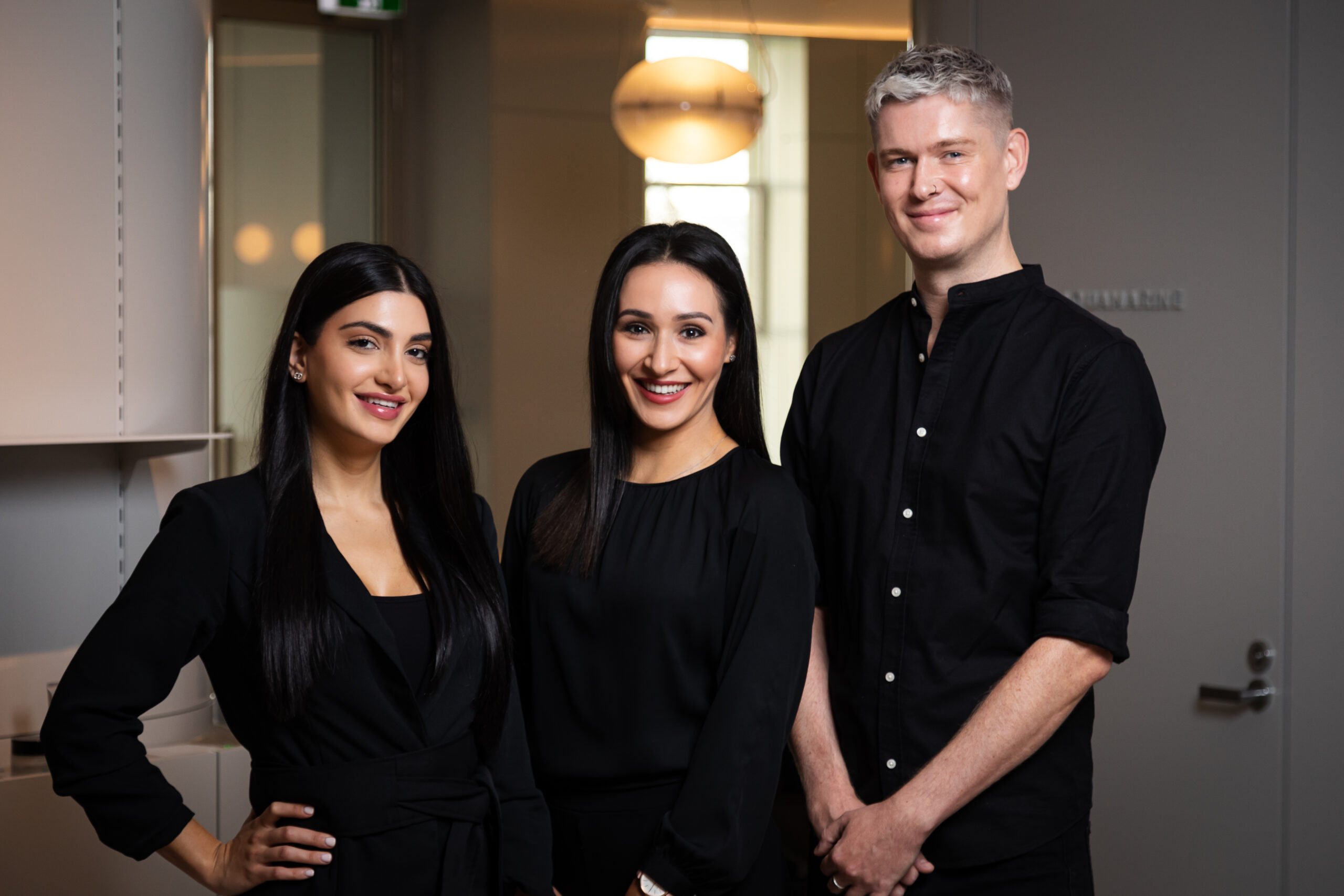The recovery process after inverted nipple correction surgery can vary from person to person, and it depends on factors such as the specific surgical technique used, individual healing abilities, and overall health. However, here are some general guidelines for the recovery from inverted nipple correction:
Immediate Postoperative Period:
Pain Management: You may experience some discomfort or mild pain after the surgery. Your surgeon will prescribe pain medication or recommend over-the-counter pain relievers to manage this.
Swelling and Bruising: Swelling and bruising are common after surgery. Applying ice packs as directed by your surgeon can help reduce swelling and alleviate bruising.
Dressings and Bandages: Your surgeon will provide specific instructions regarding dressings and bandages. It’s essential to keep the incision site clean as instructed.
First Few Days:
Rest and Recovery: It’s important to get plenty of rest during the first few days after surgery. Avoid strenuous activities, heavy lifting, and vigorous exercise.
Follow Postoperative Care Instructions: Your surgeon will provide detailed postoperative care instructions, including how to clean the incision site and when to schedule follow-up appointments.
First Week:
Most people can return to light activities within the first week, but it’s crucial to avoid activities that could strain the chest muscles or nipples. Activities that involve stretching the chest muscles or putting pressure on the nipples should be avoided during the initial recovery period.
Are There Any Risks Associated with Inverted Nipple Correction
It’s important to make an informed decision when undergoing any surgery. While inverted nipple correction is a relatively safe procedure, there are some risks associated with it, including:
- Bleeding and Infection
- Changes in nipple sensation
- Recurrence of inversion
All risks will be discussed during your consultation with Dr Ania Smialkowski.





